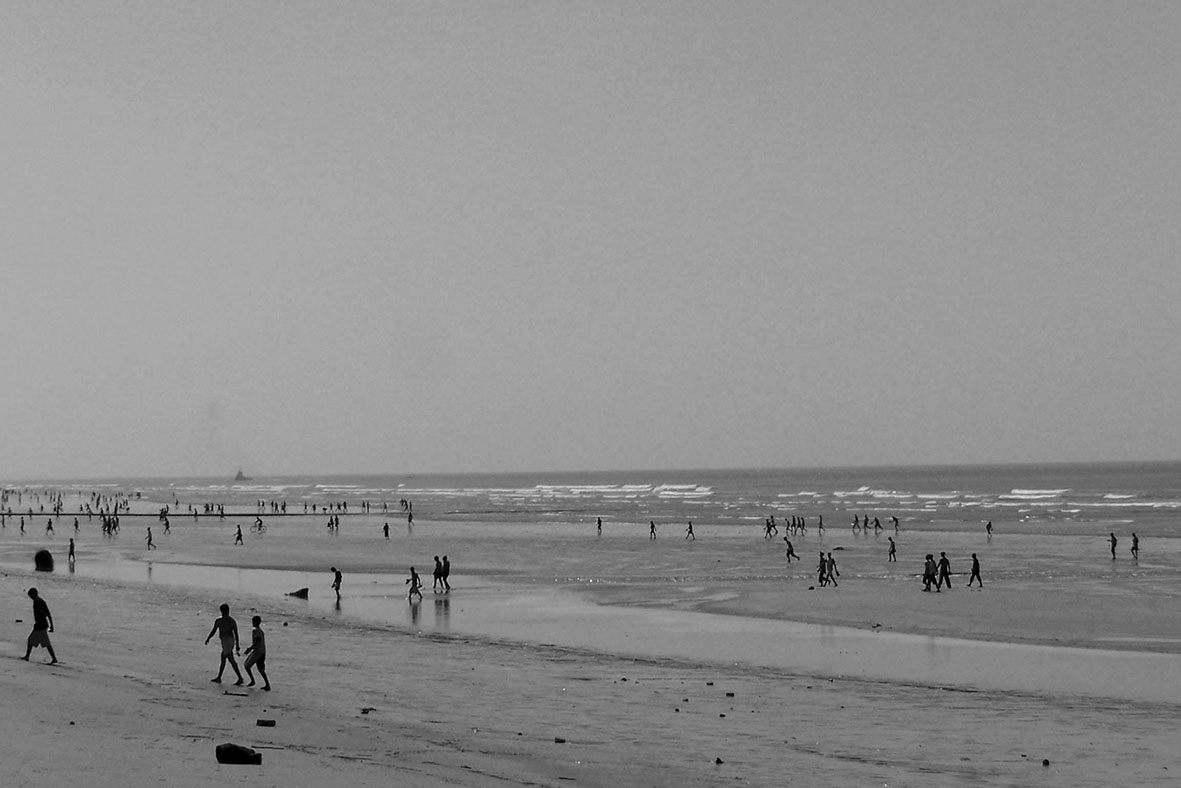2004
Tsunami Heaps Trauma on Tragedy for Isle
Boxing Day disaster hits Sri Lanka hardest
When disaster strikes, trauma ensures. But perhaps the greater tragedy for Sri Lanka is that it was truly sitting pretty when the relentless waves of the Indian Ocean tsunami washed over its sunlit shores.
Certainly, the economy was thriving, tourism was booming, consumerism had taken the Christmas weekend in hand… but then – literally out of the blue (no one saw it coming, except maybe the animals at Yala who sensed it and sought high ground), the danger came.
The Indian Ocean earthquake of 26 December – recorded at a depth of 30 metres and with its epicentre off the coast of Sumatra – registered between 9.1 and 9.3 on the Richter scale. And the resultant monster waves that laid waste to the region reached Sri Lanka in the early-morning hours, laying a violent swath of mayhem along the island’s maritime belt.
While the northern, eastern and southern coastlines were the worst affected, the tides as far west as the northwestern shoreline were visibly impacted by their highwater marks. An area estimated at 260 square kilometres of paddy land was destroyed and the agriculture sector was devastated for a long time thereafter.
In Trincomalee, the roiling waters reached as far inland as two kilometres, leaving over 1,000 dead and the naval base there submerged. In Batticaloa to its south, more than 2,000 died from the rampaging waves, which were reportedly as high as coconut trees sheltering the stricken refugees.
In all, 31,299 people were killed (in Ampara District alone, the death toll was as high as 10,000); 4,093 went missing; and 21,411 sustained injuries. And 1.5 million or so victims of the oceanic marauder were rendered homeless.
The most iconic image of sudden and shocking death in all its watery violence was the vision of a southerly express train upended and its heavy metallic frame twisted by the weight of an angry sea. And the dead on that ill-fated train numbered around 1,700.
To add insult to grievous injury, the economic cost of the tsunami (an estimated US$ 1 billion) was soon overshadowed by the opportunity to ‘build back better’ that was lost as a result of political one-upmanship, petty infighting over the Post-tsunami Operations Management Structure (P-TOMS) and allegedly pilfering of aid on a mass scale.
To add insult to grievous injury, the economic cost of the tsunami (an estimated US$ 1 billion…) … was soon overshadowed by the opportunity to ‘build back better’ that was lost





